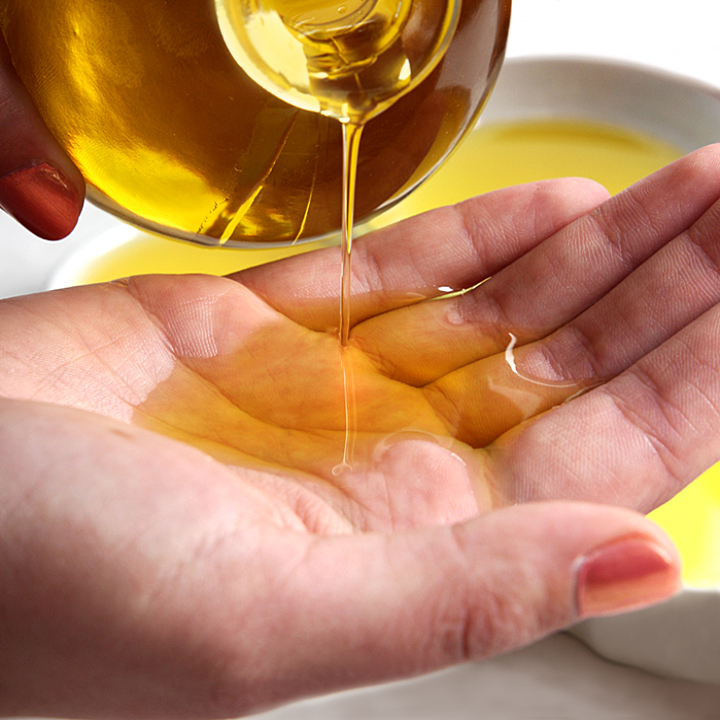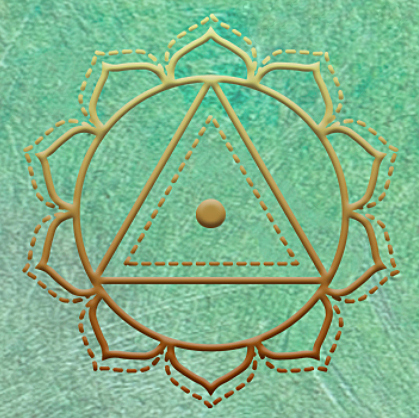Panchakarma- Ayurveda Cleanse
Panchakarma (PK) can be translated from Sanskrit as “The 5 Actions”. Panchakarma is an important branch of Ayurvedic Medicine because many health imbalances are treated with this unique and comprehensive system of purification. Panchakarma is also recommended as a seasonal cleanse to prevent diseases and as preparation for conceiving a child.
Ama- the root cause of disease
Ama are toxins from un-metabolized waste that accumulate in the bodies tissues. An incompatible diet with your Dosha (Metabolic type), poor dietary and lifestyle choices, drugs, vaccines as well as unprocessed negative emotions will lead to Ama accumulation.
Agni means fire and refers to the digestive and cellular metabolism. Low or damaged Agni leads to an accumulation of Ama and is the root cause for Ama condition. Environmental toxins in water, air, food, personal care products, household cleaners, plastics etc. damage Agni and overwhelm the bodies detox pathways. Bioaccumulation of environmental toxins such as pesticides and glyphosate disrupts cellular communication and impairs cell function. Because environmental toxins such as PCB’s are fat-soluble, the unique methods of Panchakarma (such as using ghee and oil to bind toxins) are most effective in removing lipid toxins.
Ama and Dosha (body-type)
There are three types of Ama that are connected to Dosha (body- type).
There can also be mix of 2 or 3 types of Ama, for example as in cancer.
- Kapha Ama is oily, heavy and sticky. This type of Ama clogs up the channel and arteries, causing conditions such as high cholesterol, heart disease, Alzheimer’s (plaque), tumors and kidney stones, etc.
- Pitta Ama is hot, sharp and spreading. This type of Ama causes chronic inflammation leading to health problems such as rheumatoid arthritis, IBS, gout, auto-immune conditions, skin and liver dis-ease, etc.
- Vata Ama is cold, rough and dry. This type of Ama leads to constipation, osteoarthritis, osteoporosis, aches and pains, fibromyalgia, chronic fatigue, dry skin, premature aging, etc.
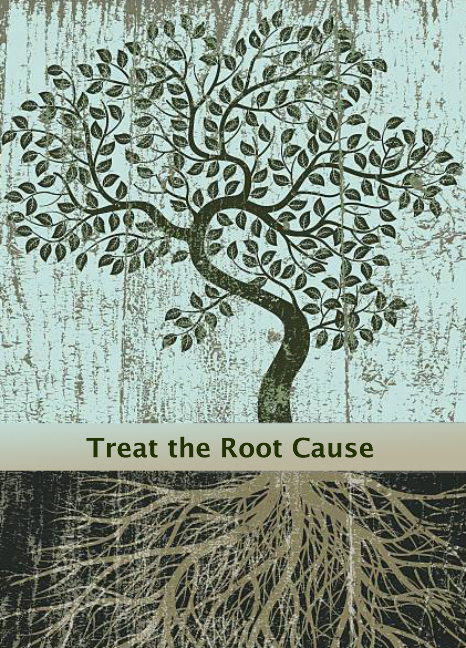
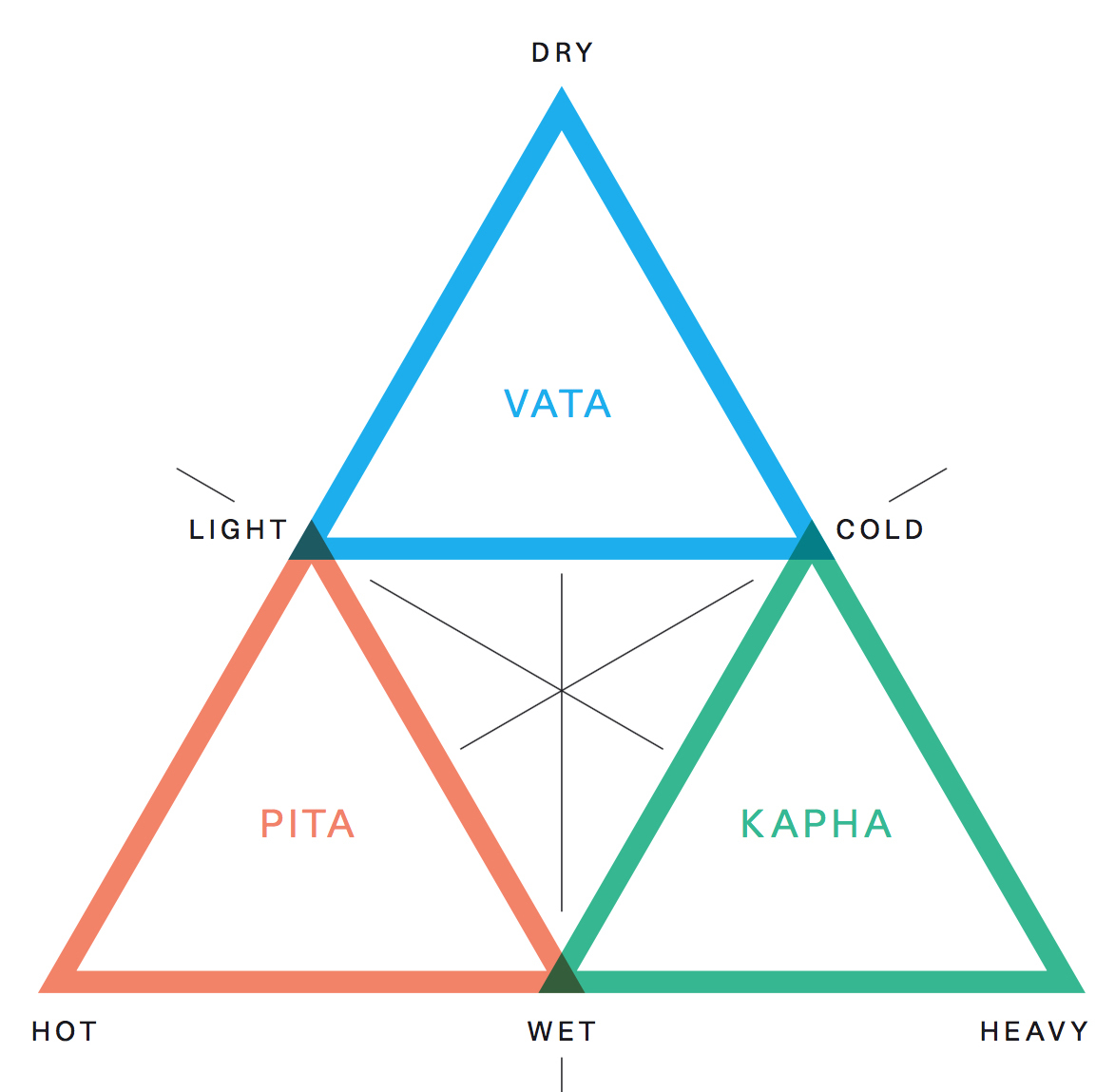
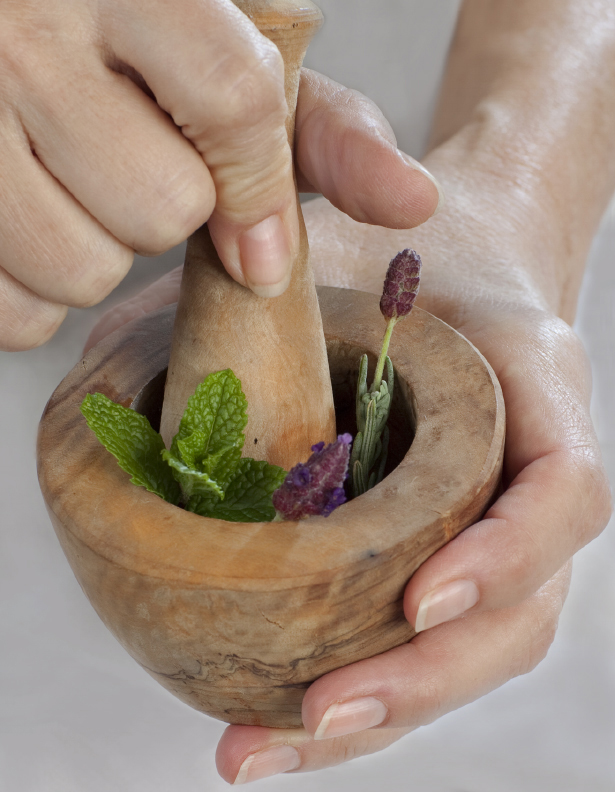
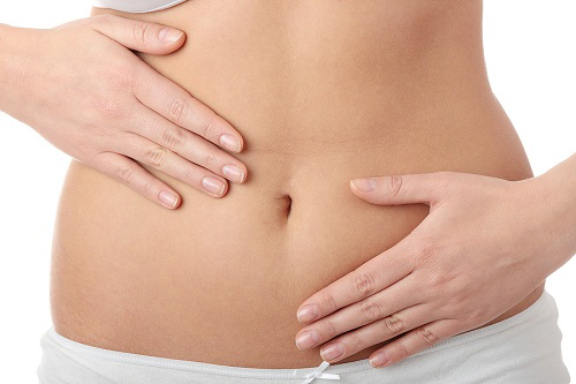
Symptoms of Ama
- Thick coating on the tongue
- Bad breath or a bad taste in the mouth
- Body odor, smelly waste products (stool, urine, sweat)
- Digestive problems (gas, bloating, constipation, etc.)
- Poor appetite or food cravings
- Candida, yeast, fungal infection
- Chronic inflammation (IBS etc)
- Chronic aches and pains
- Skin problems (rashes, eczema, psoriasis, etc.)
- Brain fog or feeling unfocused
- Lymphatic congestion, edema
- Impaired immune system
- Mucous, sinus congestion
- Allergies (food, pets, pollen, dust, etc.)
- Chemical sensitivities (fragrance, skincare, etc.
- Feeling heavy or dull
- Weight gain, metabolic imbalances
- Lipoma, tumors
- Low energy, fatigued or exhausted
- Depression or Anxiety
- Autoimmune
- Many other symptoms
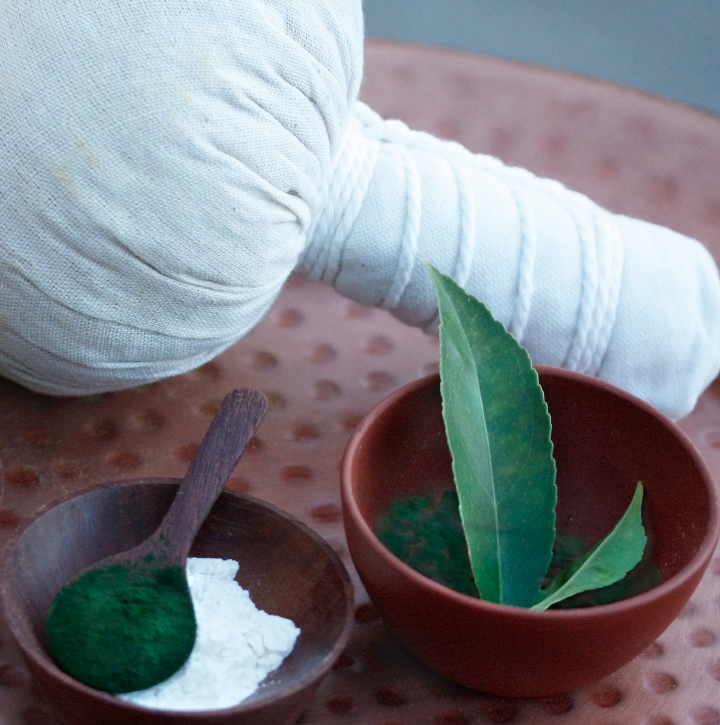
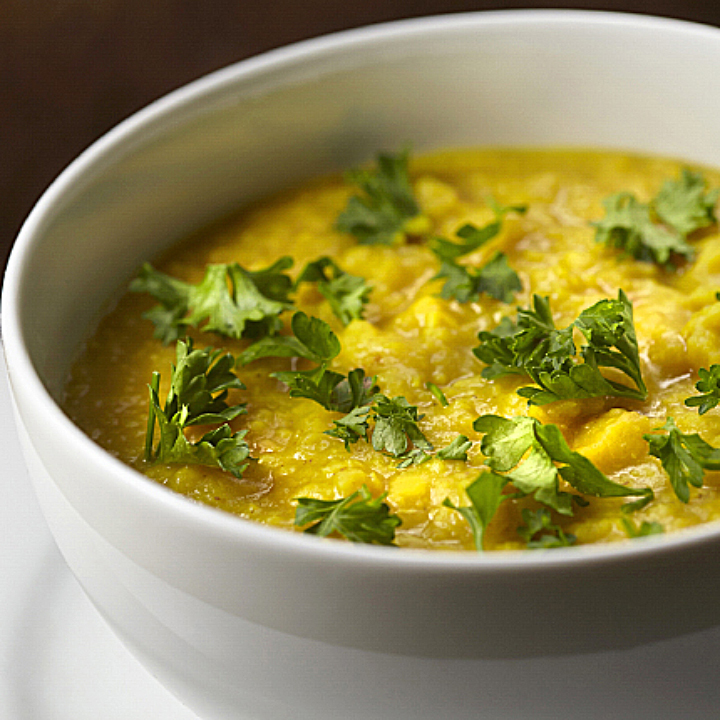
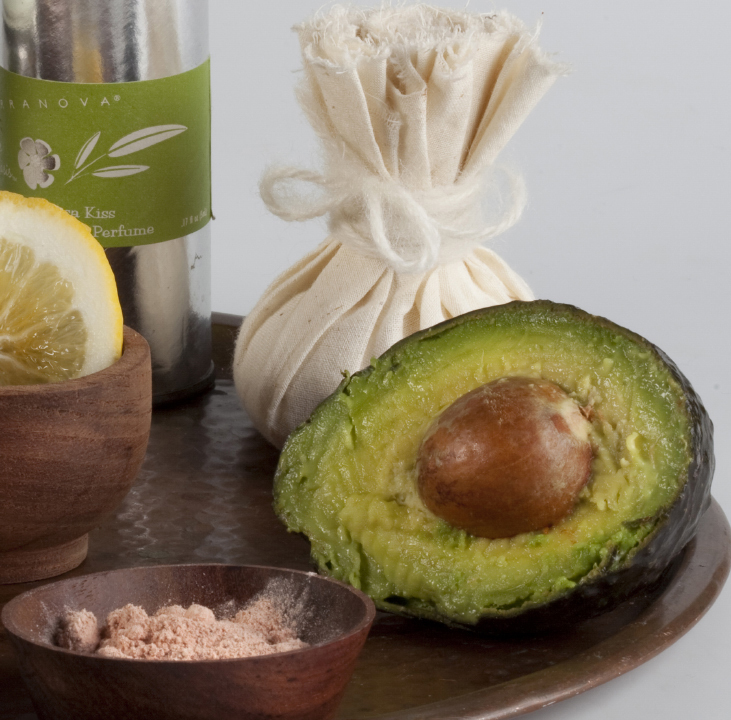
The 3 Phases of Panchakarma
1. Purvakarma (Pre-purification)
The duration of the Purvakarma is as long as the Panchakarma. Preparation includes dietary, exercise and lifestyle restrictions. Internal and external oiliation (snehana) mobilises toxins from the deep tissues. These toxins are brought towards the GI tract where they are eliminated during Panchakarma.
2. Panchakarma (Purification)
During this process, the mobilized toxins are expelled through the natural channels of the body. Techniques such as fomentation, steam and heat therapy are applied to prepare the body for the main cleansing methods. These five methods (Shodhanas) consist of the following elimination therapies:
Virechana; purgation through herbs to cleanses the small intestine
Nasya; medicated oils cleansing the nasal and sinus passages
Basti; medicated enema to cleanse the colon
Raktamoksha; blood purification with herbs and other methods
Vamana; therapeutic emesis (for Kapha conditions)
Not all five procedures are necessarily utilised. The treatments are always based on individual Prakruti (body type), Vikruti (current health imbalances) as well as the physical-emotional state of the individual. Biological age and Season of the year is also taken into consideration.
3. Rasayana (Rejuvenation)
To gradually phase back into an expanded, improved diet, exercise routine and other activities is very important. Transitioning out of Panchakarma diet slowly is required in order to strengthen Agni (digestive fire).
Rasayana herbal formulas, diet and lifestyle guidelines are customised too maximise and sustain the benefits of the Panchakarma.
The Ultimate Cleanse
If your health has suffered or you want to prevent disease and maintain your health and vitality, Panchakarma is the ultimate cleanse. In the Vedic culture, Panchakarma was utilised by kings and queens to rejuvenate and to extend their life spans.
Studies have shown a significant reduction of environmental toxins and heavy metals after Panchakarma. Panchakarma is a transformational experience that balances mind, body and spirit.
Various methods of systematic purification eliminate Ama, and accumulated Dosha, from tissues and channels. Reducing or eliminating the toxic burden restores cellular intelligence, increasing the body’s self-healing capacity and slowing down the aging process.
Panchakarma is a full sensory experience that restores mind-body harmony and replenishes vitality. It is a physical, emotional and spiritual cleanse that aids in creating lasting positive change.
Panchakarma requires proper guidance, close observation and supervision from a highly trained and skilful Ayurvedic Practitioner. A modified Panchakarma home cleanse is a self empowering and cost effective option.
Elke Savala is a Ayurvedic Practitioner and Holistic Health Coach
